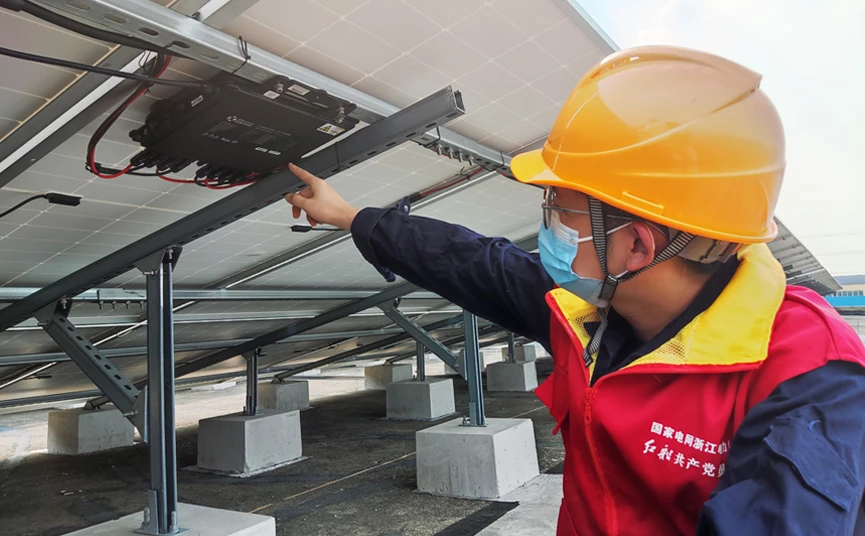Hybrid Inverter Setup Guide for Efficient Energy Management Systems
Understanding the Hybrid Inverter Installation Diagram
Hybrid inverters have surged in popularity as renewable energy sources, particularly solar power, become more mainstream. These devices facilitate the integration of solar energy systems with traditional grid power sources, offering users the benefits of energy independence, reduced electricity costs, and a smaller carbon footprint. A crucial aspect of installing a hybrid inverter is understanding the installation diagram, which outlines how various components interact within the system.
Components of a Hybrid Inverter System
A standard hybrid inverter installation diagram typically includes several key components
1. Hybrid Inverter The core of the system, which converts the direct current (DC) produced by solar panels into alternating current (AC) that can be used by household appliances. It also manages the flow of electricity to and from the grid.
2. Solar Panels Photovoltaic (PV) panels capture sunlight and convert it into DC electricity. The number of panels in a system will vary based on the energy needs of the household.
3. Battery Storage System Hybrid inverters often connect to battery storage systems, allowing excess energy generated during the day to be stored for use at night or during power outages. This component enhances energy resilience and efficiency.
4. Smart Meter This device measures the amount of energy being consumed and any surplus energy being fed back into the grid. It provides vital data for energy management and potential savings.
5. Grid Connection A connection point to the local electricity grid, allowing for seamless transfer of energy between the home and the grid. This connection is essential for net metering, where users are compensated for excess energy they contribute to the grid.
6. Load Distribution Panel This panel is where electricity is distributed to various circuits throughout the home. It ensures that the energy needs of different appliances and systems are met.
hybrid inverter installation diagram

Step-by-Step Installation Overview
The installation process begins with an assessment of the building’s energy needs. The installation diagram provides a blueprint for positioning the solar panels—ideally on the roof to maximize sun exposure, though ground-mounted systems are also an option in yards with sufficient space.
Once the panels are installed, they are wired to the hybrid inverter. This inverter must be installed in a location that is protected from the elements yet accessible for maintenance. The wiring must be secured and organized according to the diagram to prevent any hazards.
After connecting the hybrid inverter to the solar panels, the next step involves integrating the battery storage system. This connection allows the inverter to direct excess energy produced during peak sunlight hours into the battery for later use. It's crucial that this component is sized correctly based on the household's energy consumption patterns.
Following the connections to the hybrid inverter, the installation of the smart meter and load distribution panel should proceed. The smart meter should be installed in a location where it can accurately measure both incoming and outgoing energy, enabling homeowners to keep track of their energy usage efficiently.
Safety Considerations
Safety is paramount during any electrical installation. Following the installation diagram precisely is essential to avoid electrical hazards. Additionally, consulting with a certified electrician who specializes in solar power systems ensures that all local codes and regulations are adhered to, ultimately guaranteeing a safe and efficient installation.
Conclusion
Understanding the hybrid inverter installation diagram is vital for anyone considering solar energy systems. Not only does it help in planning the installation, but it also provides insight into how the system operates and how all components work together. As the shift towards renewable energy accelerates, mastering these diagrams will empower homeowners to take full advantage of the benefits that hybrid inverters provide—creating a sustainable and efficient energy future.
-
Unlocking Energy Freedom with the Off Grid Solar InverterNewsJun.06,2025
-
Unlock More Solar Power with a High-Efficiency Bifacial Solar PanelNewsJun.06,2025
-
Power Your Future with High-Efficiency Monocrystalline Solar PanelsNewsJun.06,2025
-
Next-Gen Solar Power Starts with Micro Solar InvertersNewsJun.06,2025
-
Harnessing Peak Efficiency with the On Grid Solar InverterNewsJun.06,2025
-
Discover Unmatched Efficiency with the Latest String Solar InverterNewsJun.06,2025







